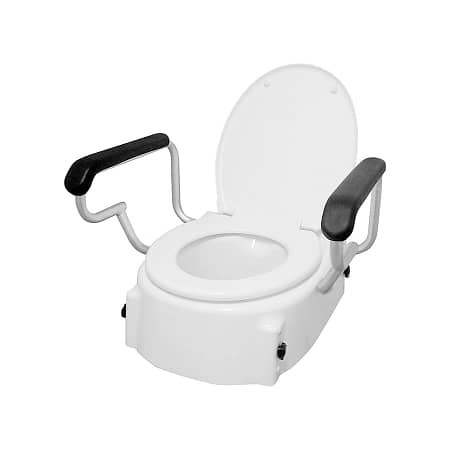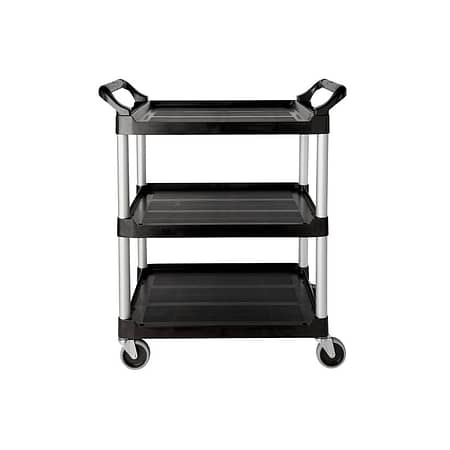Can wheelchairs be adjusted or customised to accommodate individual preferences and body types?
Understanding the Basics of Wheelchair Types and Their Adjustability
Customising wheelchairs to suit individual preferences and body types is crucial in enhancing mobility, comfort, and overall quality of life for wheelchair users. Personalisation in mobility aids goes beyond mere aesthetics; it involves tailoring wheelchairs to meet the unique ergonomic requirements and lifestyle needs of the individual. This process begins with understanding the different types of wheelchairs available and their potential for adjustability. From seat dimensions and backrest angles to armrest heights and control mechanisms, each component can be modified or selected based on the user’s physical characteristics and daily activities. By prioritising personalisation, individuals can ensure their wheelchair is not just a tool for mobility but a custom-fit aid that supports their health, independence, and personal expression.
Assessing Individual Needs and Preferences
Ergonomic Considerations for Comfort and Health
Ergonomics play a pivotal role in the customisation of wheelchairs, ensuring that each wheelchair not only fits the user’s body dimensions perfectly but also promotes good posture, reduces the risk of pressure sores, and enhances overall comfort. Tailoring seat width, depth, and cushioning material can significantly impact a user’s health and comfort during daily use.
Lifestyle and Activity Level Considerations
A wheelchair should accommodate the user’s lifestyle and activity level, whether it involves daily commuting, sports, or leisure activities. Customising a wheelchair for the user’s specific activity level ensures optimal performance and ease of use, enhancing mobility and independence across various environments.
Aesthetic Preferences and Personal Expression
Wheelchairs can also reflect personal style and expression through customisation. Choices in colours, frame materials, and accessories allow users to personalise their wheelchairs, making them not just functional mobility aids but also a form of personal expression that aligns with their aesthetic preferences.
Customisation Options Available
Wheelchairs can be highly customised to fit the unique needs of each user, focusing on both basic adjustable components for everyday comfort and advanced modifications for specific needs.
Adjustable Components for a Perfect Fit
The foundation of wheelchair customisation lies in adjusting key components to ensure a perfect fit. This includes:
- Seat Width, Depth, and Height: Tailoring these dimensions ensures the user is seated comfortably and securely, improving stability and reducing the risk of pressure injuries.
- Backrest Angle and Height: Adjusting the backrest is crucial for spinal support and posture, which can prevent back pain and enhance comfort during prolonged use.
- Armrest Height and Length: Proper armrest adjustments are essential for shoulder and arm support, aiding in propulsion and reducing strain.
Advanced Customisation for Specific Needs
For individuals with unique requirements, wheelchairs can be equipped with advanced customisation options:
- Custom Seating Solutions: From contoured cushions to pressure-relieving technologies, custom seating is designed to address specific health concerns, such as scoliosis or a high risk of pressure sores.
- Adaptive Controls for Enhanced Mobility: For users with limited hand or arm mobility, adaptive controls, such as sip-and-puff systems or joystick modifications, can significantly improve independence and ease of movement.

The Process of Customising a Wheelchair
Consultation with Healthcare Professionals
The customisation journey begins with a consultation with healthcare professionals. This crucial step involves discussing the individual’s specific mobility needs, health considerations, and daily activities. Healthcare providers, including occupational therapists and physiotherapists, play a key role in recommending the appropriate type of wheelchair and customisation options to enhance the user’s quality of life.
Measuring for the Perfect Fit
Accurate measurements are foundational to ensuring a wheelchair fits perfectly. This phase involves taking precise measurements of the user’s body, including height, weight, seat width, leg length, and arm reach. These measurements are essential to adjust the wheelchair’s dimensions for optimal comfort, support, and mobility, preventing issues like discomfort and pressure sores.
Selecting the Right Accessories and Modifications
The final step in the customisation process involves selecting accessories and modifications that align with the user’s lifestyle, preferences, and medical needs. Whether it’s cushioning for additional comfort, specialised controls for easier navigation, or custom footrests for improved support, choosing the right accessories ensures the wheelchair is fully tailored to the user’s personal and medical requirements, enhancing functionality and independence.
Maintaining and Adjusting Your Customised Wheelchair
Maintaining and adjusting your customised wheelchair is essential for ensuring its longevity, comfort, and functionality over time. Regular maintenance checks are crucial for identifying and addressing wear and tear, ensuring that all components, such as wheels, brakes, and cushions, remain in optimal condition. Over time, updating and upgrading components becomes necessary to adapt to the user’s changing needs or advancements in wheelchair technology, ensuring the wheelchair continues to offer the best support and mobility. Additionally, consulting a professional for re-adjustments is vital when experiencing discomfort, changes in physical condition, or after significant use, as they can expertly fine-tune the wheelchair to maintain its custom fit and performance, ensuring the user’s continued comfort and independence.
—
Disclaimer: This article only aims to provide knowledge that wheelchairs can be adjusted to suit different preferences. However, this article does not constitute Australian Health Care to customize wheelchairs for you. This is only for general information and not a service we provide. Thank you.





















